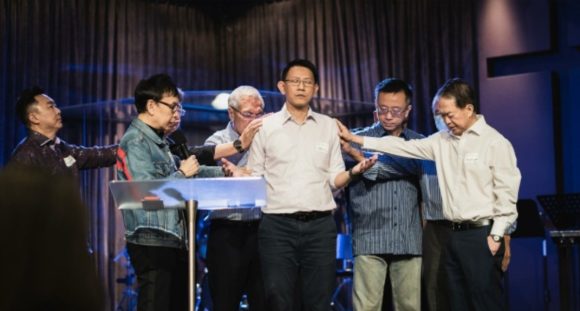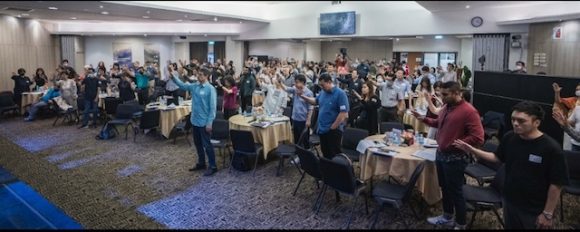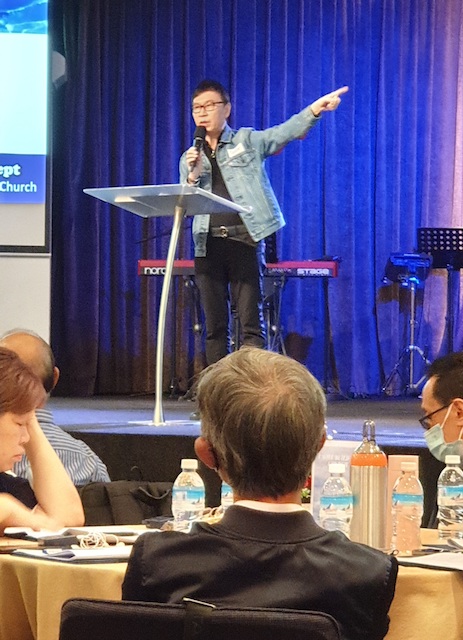Joyce Rupp is a retreat leader, conference speaker and author of many bestselling books on Christian spirituality. This book is her reflections about the 36 days of walking 805 km across northern Spain, from Ronscevales to Santiago. It is called the Camino de Santiago de Compostela, one of the three famous Christian pilgrimages. She walked the camino at the age of sixty and wrote about the life lessons she learned from it.
I asked myself: How do you write about a 36 days walk? Do I write in a diary format? Take journal notes every day of distance, weather, places, people, scenery, food and refugios and convert these into a kind of travel diary. How repetitive and boring! How about writing a “how to” book, a book that gives practical information and helps pilgrims to prepare themselves physically, mentally, emotionally and spiritually so as to maximise from the camino experience. Nobody would buy such a book.
The author chose to write in a “relaxed manner”: 25 short, interesting chapters captioned with the life lessons she gleaned. I thought this was the best way to do it. The lessons were digestible and clear. At the same time, she covered the other information, details and stories in a topical and accessible format. Each chapter she unfolded the lesson she learned, and substantiated it with many instances and examples of experiences that illustrated her point. For example, one of the life lessons she learned was living in the now, not in the past, or in the future. She extracted from her journal an example of this: “It has been a hard day of walking. I did not expect to be so tired each day. I can’t have expectations of it. I just need to live NOW. Even this refugio at Estella. At first, when I saw the situation, I said to myself, ‘Just grit your teeth and think of tomorrow.’ But then, I said, ‘No, I must enter into THIS experience, NOW.’ After I did this, the situation didn’t look quite so deplorable and I found I could tolerate it better.”
The main takeaway for me was the lesson of walking in a relaxed manner, which is the title of the book. Rupp wrote: “Gradually I accepted my diminishing energy. I learned to be at peace with it. I also grew more grateful because the deliberately measured pace helped me slow down inside, causing me to become more contemplative as I walked along. This did not happen the first week, however. During the first week our sense of urgency continued to grow. Each morning we made as early a start as possible. We packed our backpacks faster. If we stopped for mid-morning coffee, we didn’t tarry long. When we met other pilgrims, we cut our conversations short. When we paused to rest our feet, we kept the stop brief. Our unspoken motto became: Push onward. Push forward. Push, push, push. Rush, rush, rush. We soon discovered that the rushing and pushing cause us to lose our enjoyment of the walk itself. We left home in order to experience the freedom of getting away from it all but we simply took the tensions with us in new forms. The place of our stress changed but we had not changed. We continued to strain and groan under the desires and expectations of achievement and accomplishment – goals which our culture thrives on and implants in us almost from birth.”
She continued: “When I came back home from the Camino, I observed how rushing and hurrying and pushing are evident everywhere. Overachievement, competition, comparison, addiction to work and duty, unreal expectations of needing to do more, the obsessive pursuit of having more – all these fell on us as heavy cultural and self-imposed burdens. When these attitudes and messages press in on us, they cause us to lose our harmony and self-satisfaction. There is far too much hurry and worry in most lives. There never seems to be enough time to complete the daily chores of laundry, lawn care, meal preparations, phone calls, and paying bills, let alone the pressure of other accomplishments that people feel compelled to do. Parents with children involved in an overabundance of activities, health care workers working double shifts, educators saddled with extracurricular tasks, managers with countless meetings, retired people with too much scheduled – these are some of the many people who need to walk in a relaxed manner, but who find their responsibilities and overextensions make it difficult to do. Undoubtedly, it will take a lifetime for me to fully learn the lesson of walking in a relaxed manner.”
I enjoyed reading this book that was given to me by pastor Thomas, and was amazed that the author was able to glean so many life lessons that will help us in our life’s pilgrimage. This book is a must read if you wish to do the camino or a part of it, or any other kind of camino, or long hikes over many days. It is a catalyst for fruitful reflection about your life’s pilgrimage, which is the most important of all pilgrimages.




